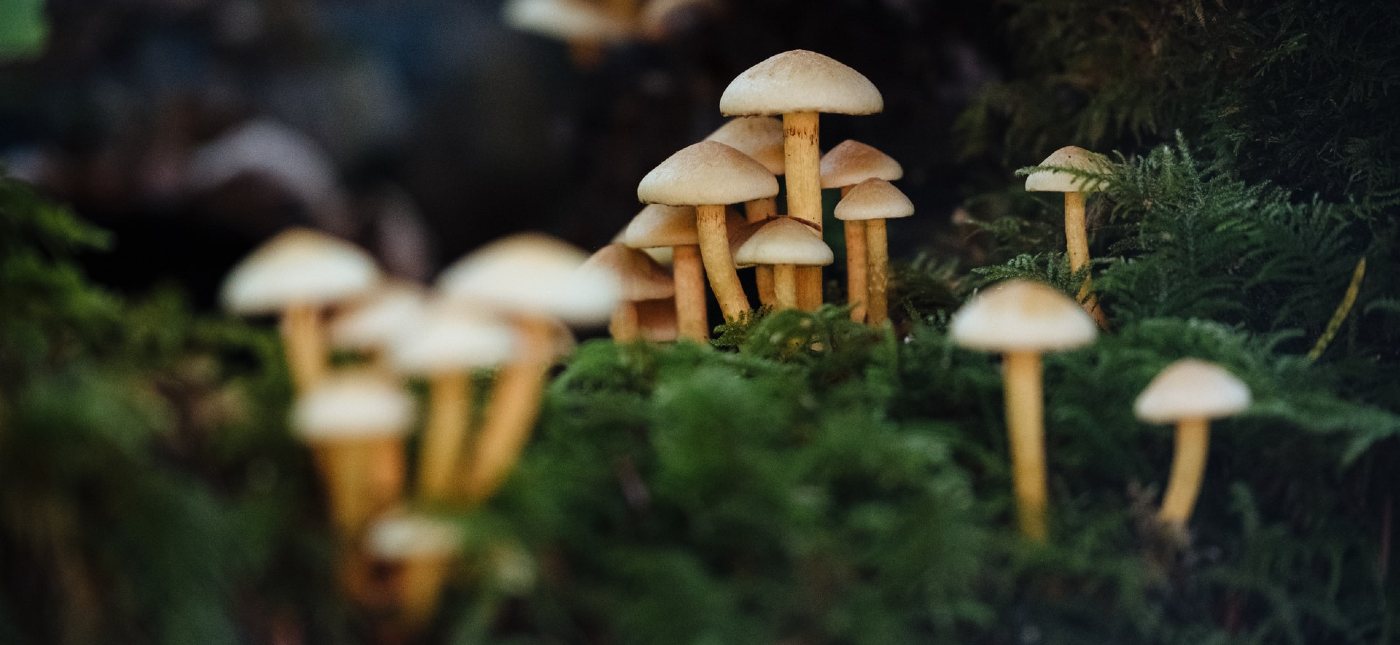Ten thousand fungal samples will be taken from hotspots around the globe, and cataloged as part of a project to map out the vast bulk of the most-valuable fungal biomass of the planet.
Consisting of trillions of miles of filaments that transmit nutrients, water, and information throughout earth’s soils and the plant life therein, fungi is as vital to the world ecosystem as the plants they sustain.
SPUN, or the Society for the Protection of Underground Networks, is aiming to expand our understanding of mycorrhizal networks to put them more in focus of climate science and modern environmental policy.
As fungus collect nutrients, particularly carbon, they build networks of very tiny filaments called mycelium, that make up their vast presence on our planet. The more recognizable mushrooms that mark their comings and goings are a tiny percentage of the organism’s total size.
LOOK: Dutch Man Invents Coffin That Turns Bodies Into Mushrooms: ‘We are nutrients, not waste’
Research from biologists, mycologists, and forestry experts has shown that these filaments form vast networks that when seen under a microscope, look just like information or electricity moving through cabling, and when viewed together look as active as the neuronal networks in our brain.
The networks interconnect trees and other plants, exchanging information about parasites, nutrient dearth or density in the environment, and even facilitate trading whereby a fungus, which cannot make its own sugars, will take some from a tree in exchange for a metal like phosphorous.
Comprising of scientists from Canada, Holland, the U.K., the U.S., France, and Germany, SPUN aims to take mycorrhizal samples from 10,000 hotspots of fungal diversity, from which they hope to get a better understanding of where the largest threats are to biodiversity.
Ecologies with thriving mycorrhizal networks have been shown to store eight-times as much carbon as depleted ones.
“An understanding of underground fungal networks is essential to our efforts to protect the soil, on which life depends, before it is too late,” said renowned conservationist Jane Goodall, a member of the project.
So far, ten hotspots have been identified, with the first samples to take place in Patagonia 18 months from now. Other sites include the tundra in Canada, high altitudes in South America, the Negev and Sahara deserts in Israel and Morocco, the Mexican highlands, the Russian taiga forest, the steppes of Kazakhstan, and the lowlands of Tibet. Which should make for an excellent road trip.
MORE: The Many Health Benefits of Eating Mushrooms That Are Wild – And Picking Them Doesn’t Deplete Supply
“Just below our feet lies an invaluable ally in mitigating climate change: vast hidden fungal network,” said Jeremy Grantham, a billionaire-backer of SPUN. “Billions of tons of carbon dioxide flow annually from plants to fungal networks.
“Yet these carbon sinks are poorly understood. In working to map and harness this threatened but vital resource for life on earth, SPUN is pioneering a new chapter in global conservation.”
SHARE This Fascinating Research With Your Network…





















Trillions of “miles?” Seriously, who except the USA still uses this garbage in the 21st century?